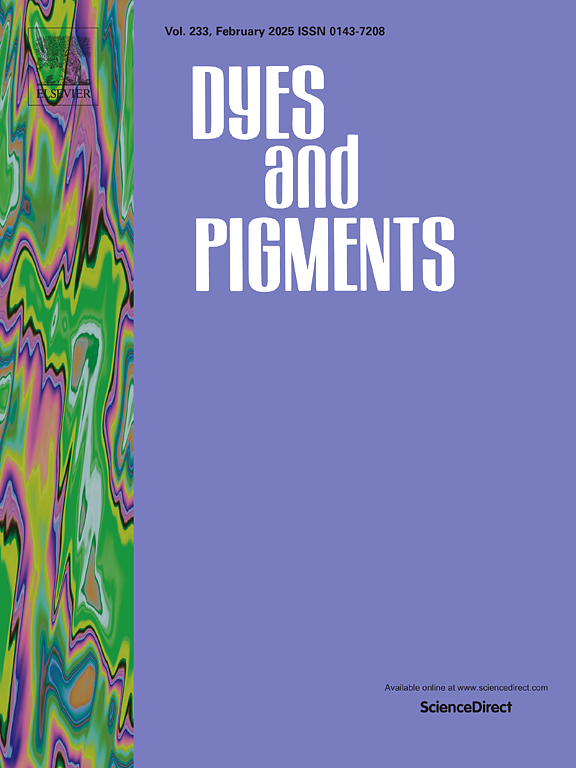Influence of anchoring group of dispersants on the dispersion performance of Pigment Red 122
IF 4.1
3区 工程技术
Q2 CHEMISTRY, APPLIED
引用次数: 0
Abstract
Polymer dispersants are widely used for the dispersing of organic pigments, and the stability of the pigment suspension significantly influences the practical application. The anchoring groups in polymer dispersants adsorb on the pigment surfaces, which is the key factor on the dispersion and the stability of pigment suspension. In this study, the dispersants with different anchoring groups were synthesized by solution polymerization to investigate the effect of the anchoring groups on the dispersion of Pigment Red 122. The results demonstrated that the dispersants with the pyridine group as the anchoring group exhibited better dispersion stability, compared to those with a phenyl ring, an aminic function, and an alkyl chain as the anchoring groups. In addition, molecular dynamics (MD) simulation was used to reveal the interaction energy between polymer dispersants and Pigment Red 122. The MD simulation results indicated that the interaction energy of the dispersant with a pyridine anchoring group was the maximum at approximately −368.70 kcal/mol, which was consistent with the experiment results.

求助全文
约1分钟内获得全文
求助全文
来源期刊

Dyes and Pigments
工程技术-材料科学:纺织
CiteScore
8.20
自引率
13.30%
发文量
933
审稿时长
33 days
期刊介绍:
Dyes and Pigments covers the scientific and technical aspects of the chemistry and physics of dyes, pigments and their intermediates. Emphasis is placed on the properties of the colouring matters themselves rather than on their applications or the system in which they may be applied.
Thus the journal accepts research and review papers on the synthesis of dyes, pigments and intermediates, their physical or chemical properties, e.g. spectroscopic, surface, solution or solid state characteristics, the physical aspects of their preparation, e.g. precipitation, nucleation and growth, crystal formation, liquid crystalline characteristics, their photochemical, ecological or biological properties and the relationship between colour and chemical constitution. However, papers are considered which deal with the more fundamental aspects of colourant application and of the interactions of colourants with substrates or media.
The journal will interest a wide variety of workers in a range of disciplines whose work involves dyes, pigments and their intermediates, and provides a platform for investigators with common interests but diverse fields of activity such as cosmetics, reprographics, dye and pigment synthesis, medical research, polymers, etc.
 求助内容:
求助内容: 应助结果提醒方式:
应助结果提醒方式:


